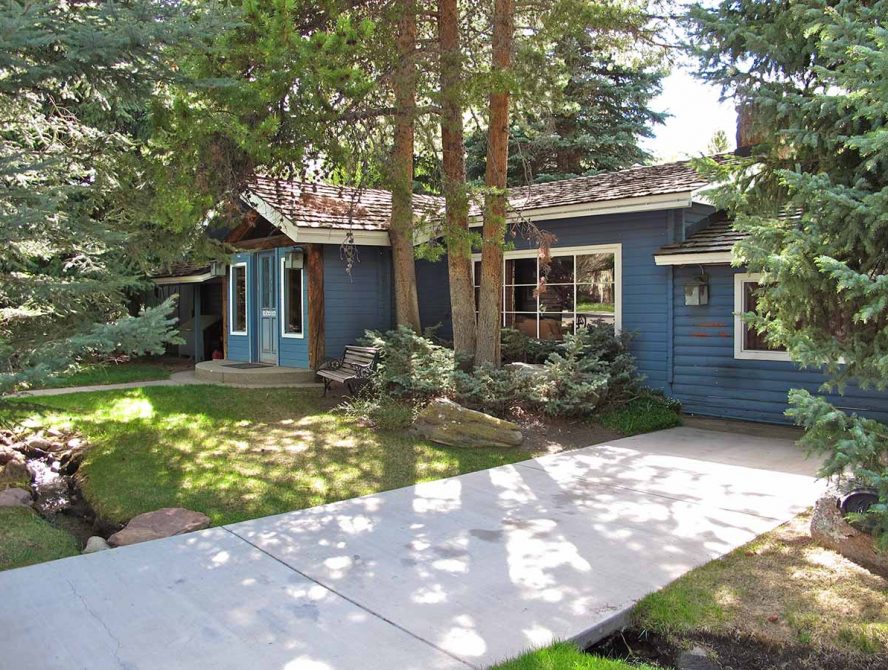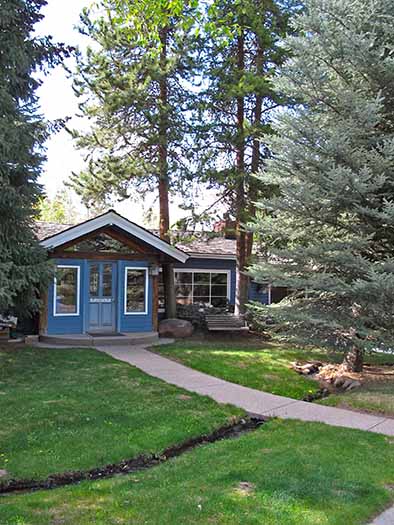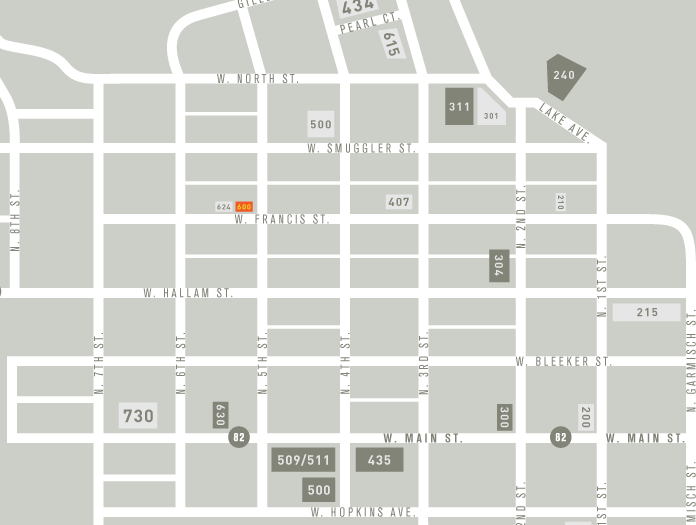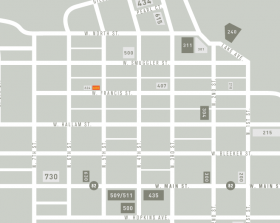600 W Francis
While the Pan Abode served as an idealized version of the western log cabin for many, in Aspen Pan Abodes also served as an integral part of the fledgling American ski industry. Aspen’s ski industry created an immediate need for buildings and infrastructure, including single-family homes, rental properties for tourists, multi-family apartments, and commercial buildings. Due to the temporary nature of the industry’s employment, employees interested in buying a residence were unable to qualify for traditional home mortgages. However, if a buyer had purchase money for a parcel of land, he or she could buy an affordable Pan Abode kit. By Aspen’s standards, the cost of a pre-manufactured building was significantly less than the cost of purchasing an existing home, or hiring a contractor to build a house by traditional building methods. Perhaps seizing upon Aspen’s postwar growth, the Pan Abode Cedar Homes company stationed a sales representative in Aspen to sell Pan Abode buildings. The sales representative was also able to answer potential buyer’s questions about financing and referred buyers to institutions providing mortgages.
By the 1960s, Pan Abode kit buildings became the most common type of Rustic Style architecture built in Aspen, with more than 50 Pan Abode buildings erected during the mid- 1950s through the late 1960s. Part of the rise of Pan Abodes’ popularity can be attributed to the fact that they offered an attractive, affordable alternative to costly architect- or builder-designed buildings.
600 W. Francis was constructed in 1956 with Pan Abode additions added in 1957 and 1969





